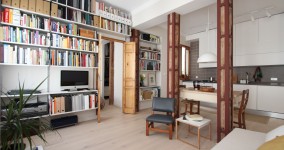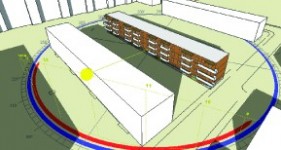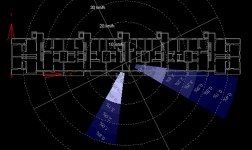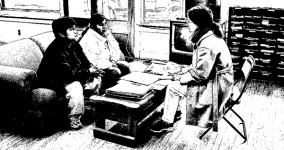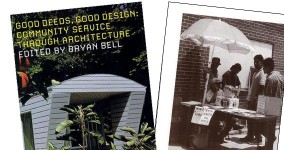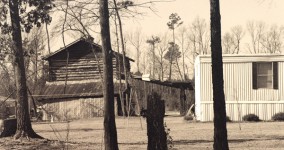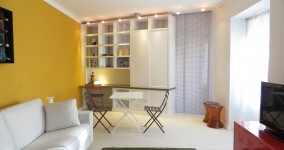
After a full renovation, this 38m2 L-shaped studio apartment, located in the center of Madrid, was successfully reincarnated into an efficient and playful vacation home for its foreign owners. The clients’ desire was to maintain the open feel of the apartment, but provide additional privacy to the bedroom area. They also wanted the sleeping area to be minimal in order to allow the living area to remain as large as possible. This was achieved though the custom designed library/room divider that separates the two areas while providing important desk and storage space. While no two walls in this century old apartment were square or plumb, its irregular angles were transformed into unique design elements, such as the custom closet and headboard behind the bed and the credenza desk along one living room wall. The tall kitchen cabinet with the faux bookcase print on its doors, hides the hot water heater and washing machine. In the bathroom, a custom-shaped counter and illuminated niche in the shower make the most of the odd shaped floor plan. The architectural renovation work for this apartment included in its demolition phase removing existing false ceiling, finish flooring, and kitchen and bathroom installations. New works included plaster ceilings, laminate wood flooring, fresh paint with bold accent colors, bathroom tiles, new windows, and built-in furniture. All new electrical, plumbing, and mechanical systems were installed as well. The apartment layout, custom millwork design, and material finish selection are the result of a collaborative process between myself and the owners. I was responsible for the construction management of the renovation works and additional services required for the apartment to be move in ready. All works and furniture installations were completed within 2.5 months.
